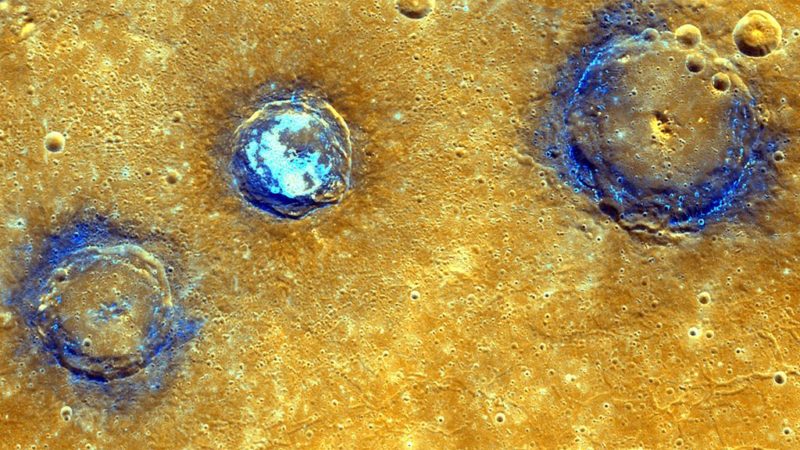
“Why does Mercury have so many craters?” is a question that has puzzled scientists for years. In this article, we will take a deep dive into the planet’s origins to uncover the reasons behind its heavily cratered surface. Through careful examination of existing research and data, we aim to shed light on this fascinating phenomenon and provide a greater understanding of our neighboring planet.
The Origin of the Planet Mercury
The origin of the planet Mercury is a fascinating topic that sheds some light on why it has so many craters. This small planet is one of the four rocky planets in our solar system, and it is believed to have formed approximately 4.6 billion years ago.
The current theory suggests that early in Mercury’s formation there was a massive collision with a planetesimal of about one sixth of Mercury’s mass, which caused a significant amount of debris to be ejected into space. It may have stripped away most of Mercury’s crust and mantle. This debris eventually accumulated and rained back down on the planet creating many craters.
Furthermore, its surface has been bombarded by asteroids and comets for billions of years, leaving behind countless impact craters.
Why Does Mercury Have the Most Craters?
Mercury’s lack of an atmosphere means that there’s nothing to protect the planet from incoming objects and nothing to erode the craters away by weathering. This is why other planets, such as Earth, Venus, and even Mars have much fewer craters today.


Understanding the Age and Composition of Mercury’s Surface
There are two main types of terrains on Mercury’s surface: heavily cratered and smooth plains. The age of the heavily cratered terrain suggests that it formed during the period of intense bombardment in the early solar system.
The smooth plains, on the other hand, are thought to have formed from volcanic activity that occurred later in Mercury’s history. Due to the small size of the planet, tectonic activity and volcanism ceased early in the planet’s history. The mantle had contracted to a point where lava couldn’t break through to the surface anymore and cover craters.
Understanding the age of the surface helps scientists to estimate how many impacts the planet has experienced and how frequently they occurred.
Conclusion
In essence, studying planets like Mercury provides us with a deeper understanding of our solar system. By exploring the origins of Mercury and examining how it accumulated craters, we have gained valuable insights into the planet’s unique characteristics. Ultimately, the study of planets like Mercury allows us to better comprehend the complexities of our solar system and the wonders it holds.